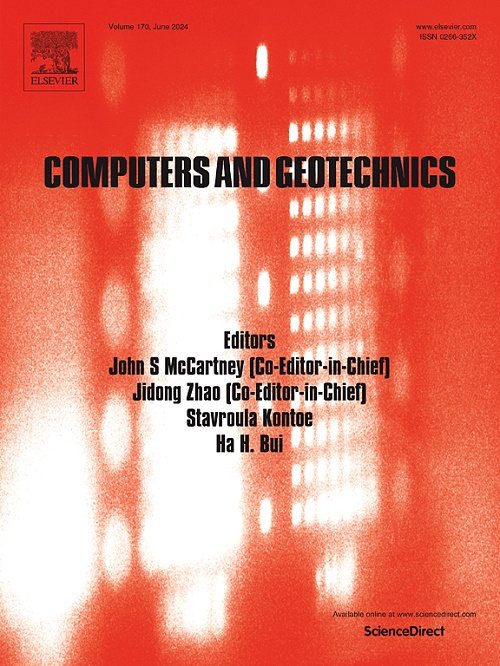Data-driven prediction of landfill stabilization period using interpretable machine learning
IF 5.3
1区 工程技术
Q1 COMPUTER SCIENCE, INTERDISCIPLINARY APPLICATIONS
引用次数: 0
Abstract
This study investigates the potential of data-driven machine learning (ML) models to capture the complex interdependent processes that control waste degradation in municipal solid waste (MSW) landfills and influence the time required for stabilization. Organic degradation in landfills can span several decades and is controlled by interdependent thermal, hydraulic, biochemical, and mechanical processes. While existing numerical modeling approaches can accurately simulate these processes, they are computationally intensive, limiting their feasibility for broader engineering optimization efforts. Moreover, data from laboratory or field studies, although valuable, are often site-specific and limited in scope, making them unsuitable for developing generalizable predictive models. To address these challenges, this study evaluates the feasibility of ML-based surrogate models trained on data generated from a coupled thermo-hydro-bio-mechanical (CTHBM) model developed at the University of Illinois Chicago. We evaluated several ML models − including support vector regression (SVR), tree-based ensemble models, and multi-layer perceptron (MLP) − for their accuracy and generalizability in predicting landfill stabilization periods. The tree-based ensemble models exhibited overfitting, with low accuracy on the testing data, indicating reduced generalizability. In contrast, SVR and MLP demonstrated high accuracy (R2 ≈ 0.95), with root mean squared errors below one year on both training and testing datasets. Model interpretability tools, such as SHapley Additive exPlanation (SHAP) values and partial dependence plots, further illustrated the best-performing − SVR model’s efficacy in capturing the influence of key variables on the predicted landfill stabilization period. These results underscore the promise of ML-based approaches’ potential to enhance predictive tools for landfill evaluation and optimization.
求助全文
约1分钟内获得全文
求助全文
来源期刊

Computers and Geotechnics
地学-地球科学综合
CiteScore
9.10
自引率
15.10%
发文量
438
审稿时长
45 days
期刊介绍:
The use of computers is firmly established in geotechnical engineering and continues to grow rapidly in both engineering practice and academe. The development of advanced numerical techniques and constitutive modeling, in conjunction with rapid developments in computer hardware, enables problems to be tackled that were unthinkable even a few years ago. Computers and Geotechnics provides an up-to-date reference for engineers and researchers engaged in computer aided analysis and research in geotechnical engineering. The journal is intended for an expeditious dissemination of advanced computer applications across a broad range of geotechnical topics. Contributions on advances in numerical algorithms, computer implementation of new constitutive models and probabilistic methods are especially encouraged.
 求助内容:
求助内容: 应助结果提醒方式:
应助结果提醒方式:


